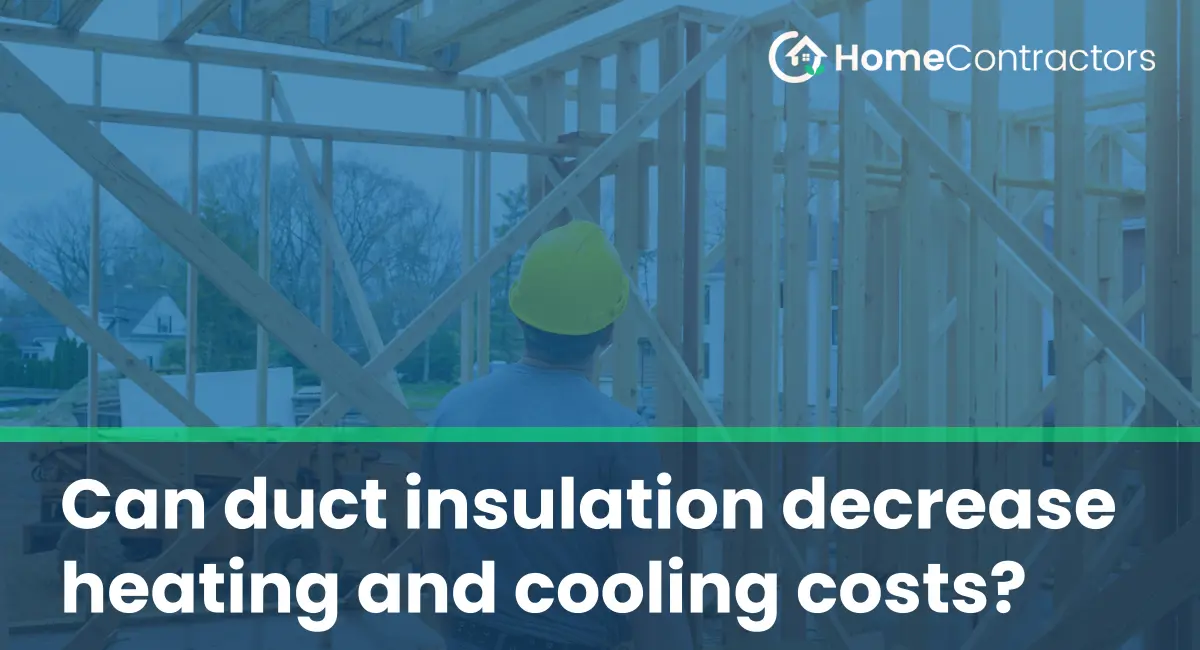Introduction: The Importance of Duct Insulation for Energy Efficiency
Heating and cooling costs account for a significant portion of a household’s energy expenses. As homeowners and building owners strive to reduce their energy consumption and costs, one area that often goes unnoticed is the insulation of HVAC (Heating, Ventilation, and Air Conditioning) ductwork. Proper insulation of ducts can have a significant impact on energy efficiency by minimizing heat gain or loss during the distribution of conditioned air. In this article, we will explore the benefits and importance of duct insulation in reducing heating and cooling costs.
Understanding HVAC Ducts: Why Insulation Matters
HVAC systems rely on a network of ducts to distribute heated or cooled air throughout a building or home. These ducts are often installed in unconditioned spaces, such as attics, crawl spaces, or basements. Without proper insulation, the temperature of the air inside the ducts can be significantly affected by the surrounding environment. This can result in a loss of energy efficiency and increased energy consumption.
Minimizing Heat Transfer with Duct Insulation
- Reducing Heat Loss: During the winter months, uninsulated or poorly insulated ducts in cold areas can lead to heat loss. As warm air moves from the furnace or heat pump through the ducts, the heat can be transferred to the surrounding air or the cool walls of unconditioned spaces. This results in wasted energy and forces the heating system to work harder to compensate for the heat loss. By insulating the ducts, the heat loss can be minimized, allowing the warm air to reach its intended destination more efficiently.
- Preventing Heat Gain: In the summer, high temperatures in unconditioned spaces can cause heat gain in uninsulated or poorly insulated ducts. This means that the cool air generated by the air conditioner can be warmed as it travels through the ducts, reducing its effectiveness. Insulating the ducts helps to prevent heat gain, ensuring that the cooled air retains its desired temperature until it reaches the designated living or working spaces.
Benefits of Duct Insulation
- Energy Efficiency: Properly insulated ducts reduce the amount of energy required to heat or cool a space. By minimizing heat loss or gain during air distribution, the HVAC system can operate more efficiently, resulting in lower energy consumption and reduced heating and cooling costs.
- Enhanced Comfort: In addition to energy savings, insulated ducts can also improve indoor comfort. Consistent air temperatures can be maintained throughout the home or building, eliminating cold spots or uneven heating and cooling. Insulated ducts also help to reduce noise transmission from the system, resulting in a quieter and more comfortable living or working environment.
Installation Options and Considerations
When considering duct insulation, it is essential to choose the appropriate insulation material and installation method. Common options include traditional fiberglass insulation, foam board insulation, or duct wrap. The insulation material should have a high R-value, which indicates its resistance to heat flow. Additionally, proper installation techniques, such as sealing joints and ensuring insulation integrity, are crucial to maximize the effectiveness of duct insulation.
Conclusion: Lowering Energy Costs with Duct Insulation
Duct insulation plays a vital role in reducing heating and cooling costs by minimizing heat loss or gain during the distribution of conditioned air. By insulating the HVAC ductwork, homeowners and building owners can achieve improved energy efficiency, enhanced comfort, and lower energy bills. Investing in proper duct insulation is a wise decision for anyone looking to optimize their HVAC system’s performance and decrease energy consumption.
